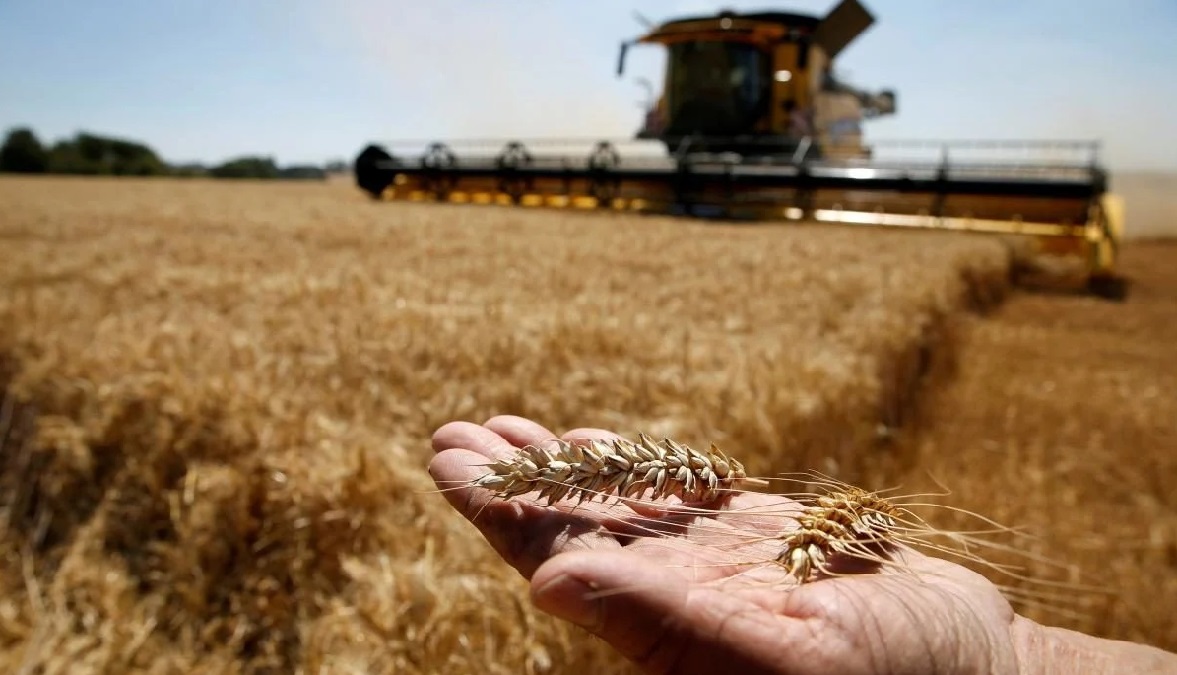Rapeseed – 2023/24: New Challenges and Long-Standing Troubles
25 July, 2023 at 12:07
The 2022/23 Season: Summary
Rapeseed planted area – 1435 K ha (+24% compared to 2021/22 MY), yield , (-0.3%), harvest (+21%)
Losses of winter rapeseed at 13%. The 2022 losses include winter killings (not large) and adjustments which take into account the territory out of control of Ukraine.
More than 94% of Ukrainian 2022 rapeseed harvest was exported.
Rapeseed export shipments lasted unusually long, the rapeseed monthly exports remained higher than last season starting from October until June 2023.
Share of EU countries in the exports distribution increased to almost 90% of total exports against 67% in 2021/22. Turkey started purchases of Ukrainian rapeseed taking the third position in the buyers’ rating.
Market of rapeseed processed products:
- exporters were winners in the competition for rapeseed buying
- domestic rapeseed crushing declined
- reduction of rapeseed oil exports (-50% down to 2021/22) and rapeseed meal (-59%).
The exports destinations of rapeseed oil and meal narrowed. The shipments during the war were limited almost to the EU countries, whose share in the rapeseed oil sales increased to 94% (76% previous season), in the rapeseed meal – remained at 77%.
The current season of 2023/24, forecast
– the countries of Eastern Europe (Romania, Bulgaria, Poland, Hungary, Slovakia) have agreed to extend the imports ban of agricultural products from Ukraine after 15 September 2023, the ban does not apply to transit, but it will still lead to growing logistics costs;
– a significant reduction of rapeseed harvest in Australia, as a key supplier to the EU, is expected, which will support the EU countries’ demand for rapeseed of Ukrainian origin;
– the weather in the EU leads to the downward adjustment of the 2023 rapeseed production;
– the grain corridor termination leads to exporters switching to Danube river ports and land supply chains, which slows down, but does not stop exports;
– growth of crushing capacities in Ukraine – new rapeseed crushing plant was put into operation in Western part of Ukraine. This will promote growth in rapeseed oil/meal production in Ukraine;
The above assumptions suggests the rapeseed market will have to adapt more quickly to the the 2023/24 season trend, key of them are the following:
- current situation and solve the next difficult issues, especially since there will be plenty to work with, given the harvest forecasts and current results of the harvesting campaign.



